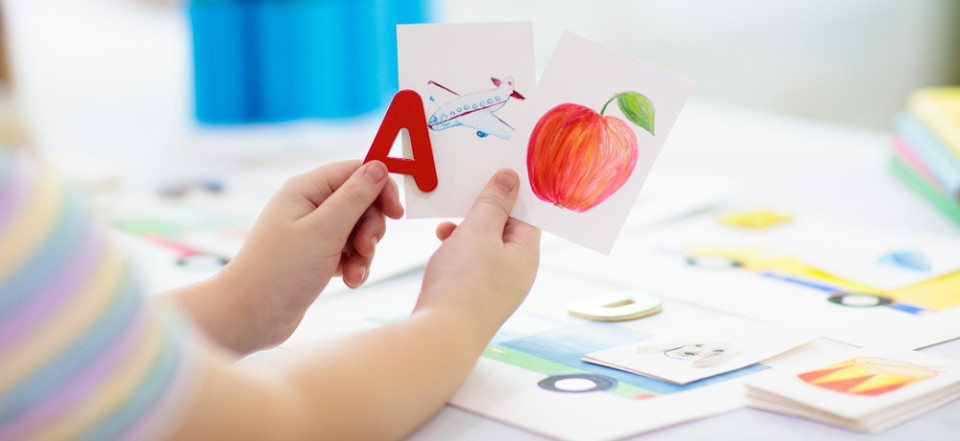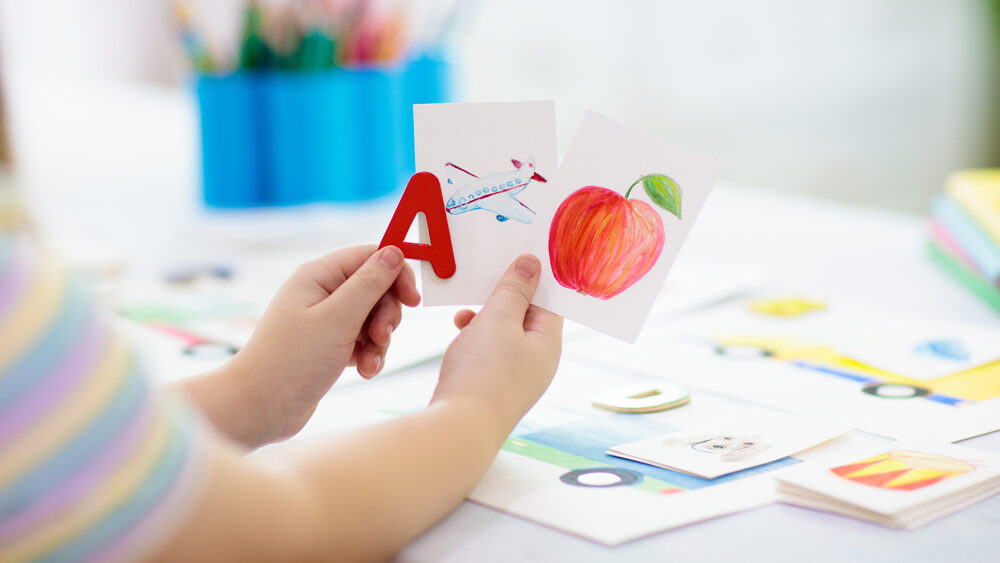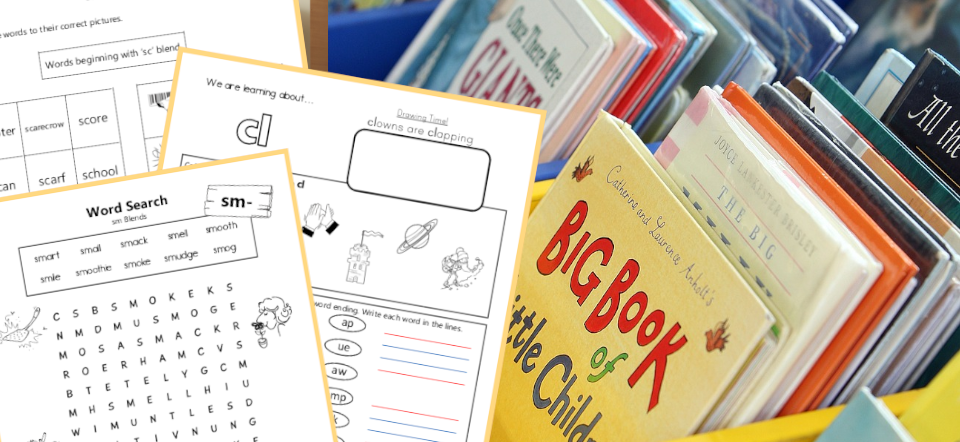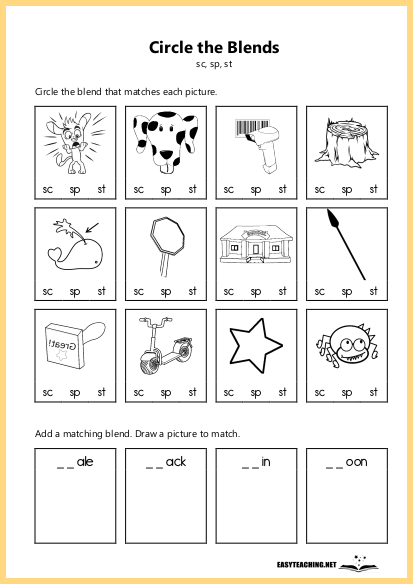Blog / Literacy
Keys to Reading: Phonics vs. Whole Language

Written by Scott Sharp
Keys to Reading
Reading is an essential skill that all students must learn in order to be successful in school and beyond. Two of the most commonly used approaches today are phonics and whole language. Both approaches have been widely accepted by educators as an effective way to teach students how to read. For decades, these two methods have been discussed, argued about and practiced in numerous classrooms around the world.
The ‘phonics approach’ to learning to read can be likened to climbing a ladder. Children build their skills and knowledge one step at a time. In this approach, children begin by recognising and learning the sound-letter relationships; that is, recognising letters and their corresponding sounds. Next steps in the ‘phonics ladder’ involve understanding that these sounds can be combined to make words and represent meaning, and then learning more complex letter patterns.
In the whole language approach, the path to learning doesn’t involve children learning to combine sounds to read words. Rather it involves immersing the learner in literacy as a whole; that is: reading, being read to and writing. The focus is heavily focused on making meaning from texts and using language in authentic contexts. Spelling and grammar will come in their own time.
What Learners Need
To become a competent, well-rounded reader, a child needs exposure to and opportunities to practise and master the skills each approach offers. As such, a robust reading curriculum involves aspects of both philosophies.
To begin, children need to understand that the letters on the page carry with them sounds, and that the sounds can change depending on placements and letter patterns. They need to know that these sounds combine to represent words. This is a very important base for reading, but it is only part of the skill set of a competent reader.
Children must learn sight words as whole units, not broken into their individual sounds. Yes, most of these sight words follow phonetic patterns and can be decoded (worked out) by applying learnt rules, but that is beside the point. A whole language approach to sight words teaches children immediate recognition of these words, thus increasing reading fluency.


Here it is important that we look again to the phonics approach, because not all words need to be learnt by sight. It would be folly to force beginner readers to attempt to learn all words by sight. When beginner readers encounter words they don’t know by sight, they need to be able to access their phonics knowledge to decode the word. To do this they need a good understanding of phonics.
Throughout the process of learning to read, children need to be immersed in literacy. Children must read, read, read and write, write, write. They need exposure to fiction, non-fiction, brochures, magazines, posters, menus; they need to write stories, lists, diaries and book reviews. They must understand texts, realise the purpose of different texts, and most importantly enjoy reading.
These are all things which the whole language approach heavily advocates.
Children who are lucky enough to learn within a system that recognises the values of each approach have a greater chance of finishing with a finely tuned skill set and a love of books. These are children who will become life-long readers.

Join our mailing list, follow us on Facebook and subscribe to our YouTube Channel to stay up to date with new teaching resources.
Related articles

Instructional Strategies for Literacy Learning
Teaching children how to read can be a challenging task, so it's important to familiarise ourselves with different approaches of reading instruction.
Read More
Bringing Poetry to Life: Creative Approaches for Teachers
12 activities to help make teaching poetry fun for you and your students!
Read More
Free Letter Blends Worksheets: Targeting Phonics
Learn about blends & digraphs and browse a collection of free blends worksheets.
Read More









